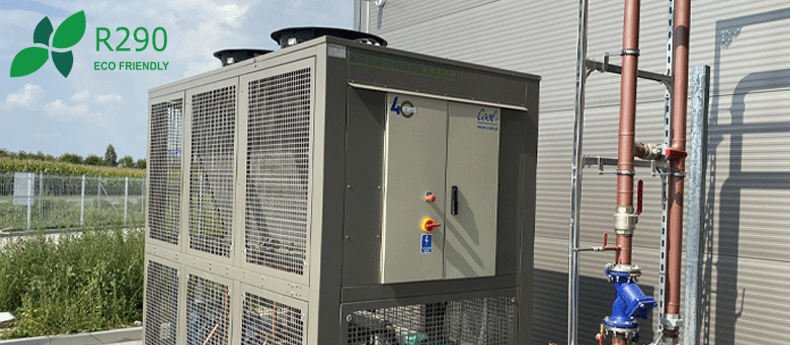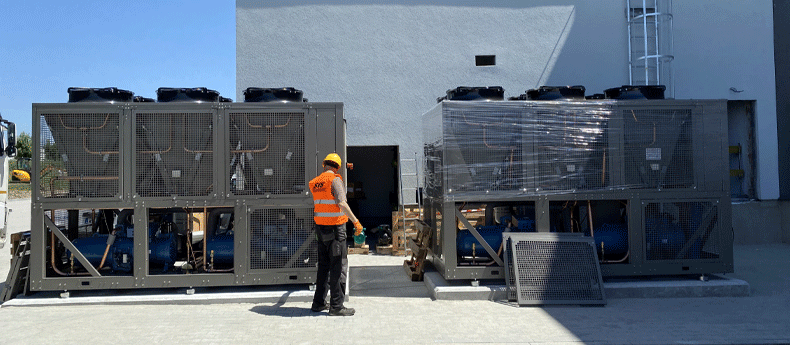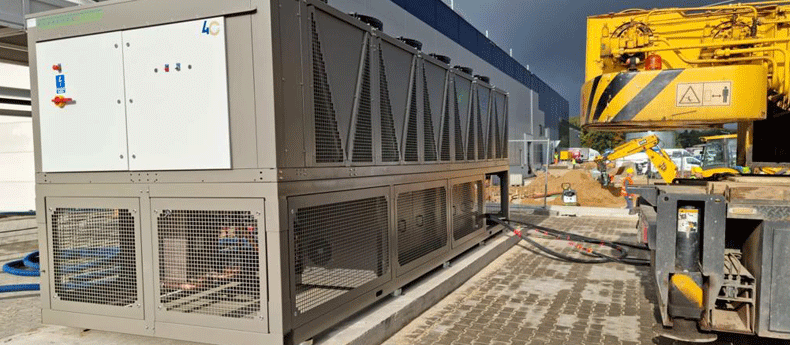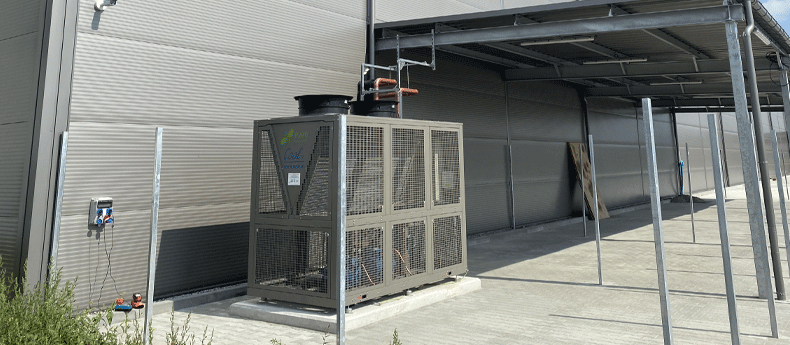News
Propane is a must

There are still rumors about the phase out of one or another HFC / HFO refrigerant which, of course, is not factually confirmed in the famous regulation 517. Nevertheless, these rumors come from something - maybe from the news that a possible revision of the regulation was discussed at the ATMOsphere seminar in Brussels F-gas in Europe++. Or maybe from the proposal of the Dutch government regarding the withdrawal of HFCs / HFOs in connection with the REACH directive obliging to ban the use of harmful chemical compounds, the so-called PFAS.++ Or maybe from October 2022, Singapore bans large air conditioning chillers with refrigerants with a GWP> 150, which eliminates R134A++ and the fact that the price of this refrigerant in China has risen sharply++. We'll see what comes out of it.

Meanwhile, propane as propane is quietly expanding the range of applications.
Today, 80% of reciprocating compressors used in home appliances sold in China are hydrocarbon compressors++. Out of 130 million units sold on the domestic market, 10 million were compressors in R290 systems, the rest - R600a systems. This is confirmed by reports from Brazil, where Embraco conducted research on the use of a prototype compressor with variable speed on R290 *. When applied to a vertical ice cream freezer, the prototype compressor used 41% less energy compared to the on / off compressor also on the R290. Embraco estimates that currently about 72% of plug-in commercial sites run on propane, and by 2030 this percentage will increase to 95%, with 50% using economical compressors with variable speed.

Also on the split air conditioner market, according to the Australian manufacturer opinion, most air conditioners will work with R290++ in the next 5 to 10 years. The EU is not lagging behind and its Life-Zero GWP project has resulted in the development of a highly efficient propane air conditioner without the need for an outdoor unit*. The air conditioner only requires mounting inside on an external wall and making two holes with a diameter of about 160 mm.
When it comes to heat pumps, propane also remains a quiet favorite. This is supported by the research on minimizing refrigerant loading conducted in Norway Germany , which has shown that the use of plate heat exchangers with a minimum capacity can reduce propane loading by up to 66%. Additionally, the use of finned tubes in lamella exchangers can reduce this load to 22%. In combination with the new standard with a load capacity of up to 500 g, recently approved in Japan and by UL * (although to a limited extent), this opens up new design possibilities for heat pumps. Tamed propane is no longer something unknown and therefore rejected. The greater its chances in large indirect cooling installations. Our company receives more and more orders for our AQUACOOL GREEN chillers.

Sources +Hydrocarbons21 ++Cooling post


